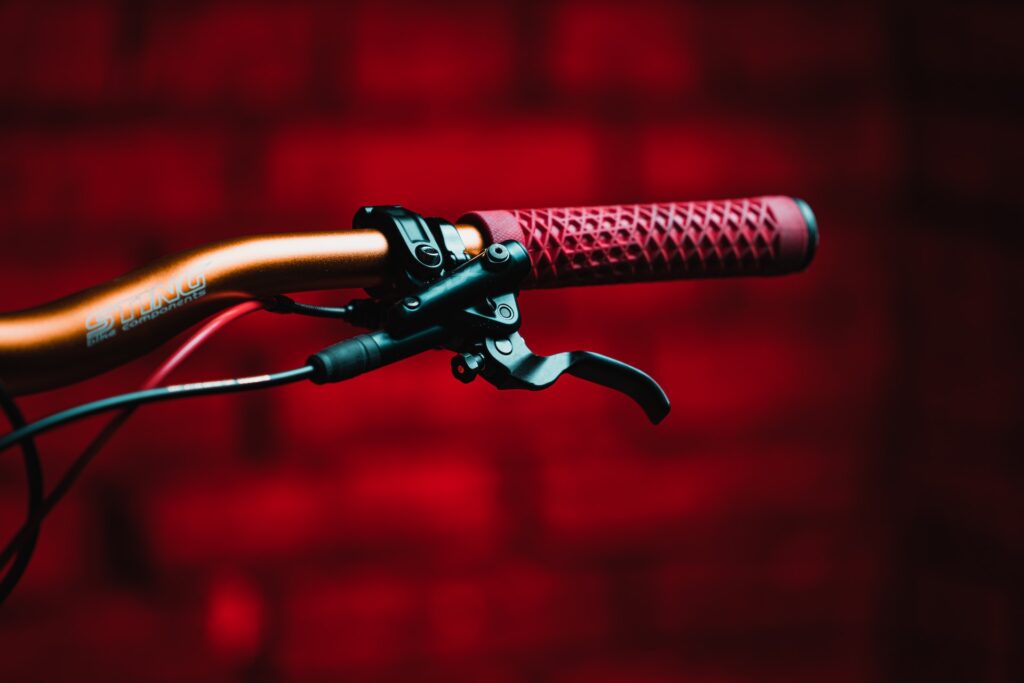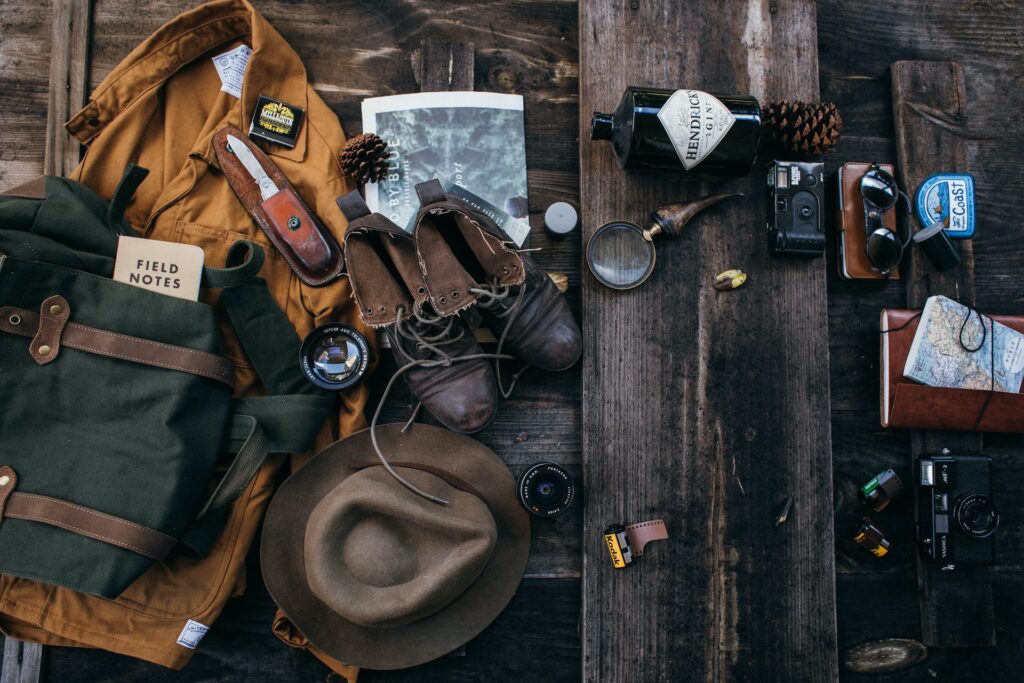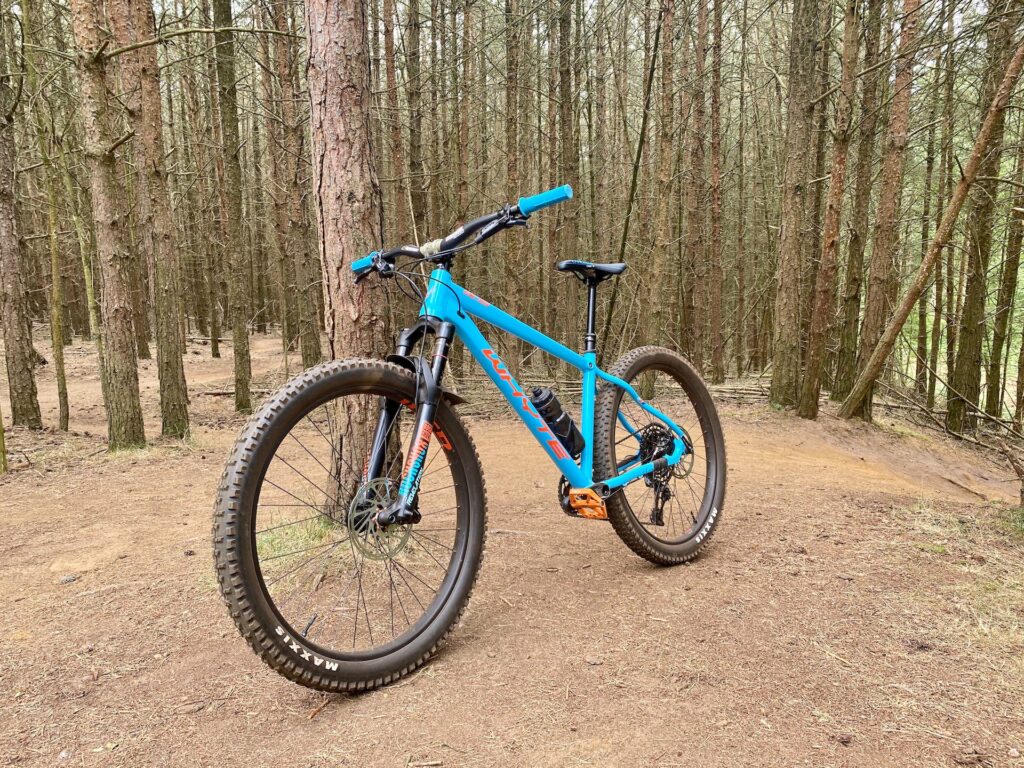Introduction to MTB grips
When it comes to mountain biking, having control over your bike is crucial for a safe and enjoyable ride. One key element in achieving this control is having the right MTB Grips For You. While it may seem like a simple component, choosing the perfect MTB grips can greatly impact your riding experience. In this ultimate guide, we will explore everything you need to know about MTB grips, including different types, materials, and features, so you can make an informed decision and confidently enhance your control while riding your mountain bike. Whether you’re a beginner or a seasoned rider, this guide is here to help you get the most out of your MTB adventures.
Understanding the importance of choosing the right MTB grips for You

Choosing the right MTB grips is not just about aesthetics or personal preferences. It has a significant impact on your overall riding experience and safety. The grip is the primary point of contact between you and your mountain bike, providing you with control, comfort, and confidence on the trail.
When your grips are too slippery or lack cushioning, it can lead to hand fatigue, loss of control, and even accidents. On the other hand, grips that are too bulky or sticky can restrict your hand movements and hinder your ability to maneuver the bike effectively.
By understanding the importance of choosing the right MTB grips, you can ensure a more enjoyable and successful ride. In the next sections, we will delve into the different types of MTB grips, their materials, and features, so you can make an informed decision based on your riding style, preferences, and needs. Stay tuned!
Analyzing different types of MTB grips
There are several different types of MTB grips available in the market, each designed to cater to different riding styles and preferences. It’s important to analyze these different types to find the one that suits you best.
1. Lock-On Grips: Lock-on grips are the most popular choice among mountain bikers due to their secure and easy-to-install design. These grips feature collars on each end that lock onto the handlebars, preventing them from slipping or rotating during rides. Lock-on grips offer excellent control and are highly recommended for aggressive riders who tackle rough terrains.
2. Slip-On Grips: Slip-on grips are made from soft and stretchable materials that are slipped onto the handlebars. While they may not provide the same level of security as lock-on grips, slip-on grips offer a more comfortable and cushioned feel. These grips are perfect for riders who prioritize comfort and enjoy long rides on relatively smoother trails.
3. Ergonomic Grips: Ergonomic grips are specially designed to reduce hand fatigue and provide maximum comfort. These grips feature a contoured shape that supports the natural curve of your hands, reducing pressure points and enhancing grip. Ergonomic grips are ideal for riders who often experience hand discomfort or numbness during rides.
By analyzing the different types of grips, you can narrow down your options and choose the type that best suits your riding style and preferences. In the next section, we will discuss the different materials used in MTB grips and their advantages. Stay tuned for more valuable information to help you choose the perfect MTB grips for you.
Factors to consider while selecting MTB grips

When it comes to choosing the perfect MTB grips for your mountain bike, there are a few important factors to consider. Taking these factors into account will ensure that you find grips that not only enhance your riding experience but also provide optimal performance and durability.
Firstly, it is crucial to consider the type of terrain you will be riding on. If you mainly tackle rough and technical trails, you will need grips that offer a secure and non-slip grip, such as lock-on grips. On the other hand, if you enjoy smoother trails and prioritize comfort, slip-on grips with a cushioned feel might be the better option.
Secondly, pay attention to the material used in the grips. Grips are typically made from various materials like rubber, silicone, or even foam. Rubber grips are known for their durability and excellent grip, while silicone grips offer a softer and more comfortable touch. Foam grips, on the other hand, are lightweight and provide excellent shock absorption.
Lastly, consider the size and shape of the grips. Grips come in different thicknesses and contours to accommodate various hand sizes and shapes. It’s essential to choose grips that fit well in your hands and provide a comfortable grip for extended periods.
By considering these factors, you can narrow down your options and find the perfect MTB grips that will enhance your riding experience. The next section will discuss additional considerations such as grip pattern and maintenance tips to ensure your grips last for a long time. Stay tuned for more valuable information!
Expert recommendations for top MTB grip brands
In addition to the factors mentioned earlier, it can be helpful to consider expert recommendations when choosing MTB grips. While personal preference plays a significant role, certain brands have gained recognition for their exceptional grip performance and durability.
Among the highly recommended brands are ODI, Ergon, and Renthal. ODI is known for its innovative designs and extensive range of grip options, catering to different riding styles and preferences. Meanwhile, Ergon offers ergonomically designed grips that provide excellent support and minimize hand fatigue. Lastly, Renthal grips are favored by many professional riders for their superior traction and long-lasting quality.
Before making a final decision, it’s always beneficial to read reviews and seek advice from fellow riders or local bike shops. They can share their experiences and offer valuable insights on the best MTB grip brands for your specific needs.
Stay tuned for the next section, where we will dive into grip patterns and explore how they can enhance your control and performance on the trails.
Essential tips for proper installation and maintenance of MTB grips
Now that you have a better understanding of the recommended MTB grip brands, it’s time to learn how to properly install and maintain your grips. While it may seem like a simple task, taking the time to install your grips correctly can have a significant impact on your riding experience.
To start, make sure you have all the necessary tools for the installation, including grip glue or rubbing alcohol and a clean rag. Begin by removing the old grips, if applicable, by carefully sliding them off the handlebars. Once removed, clean the handlebars with rubbing alcohol to ensure a clean, adhesive surface.
Before applying grip glue (or rubbing alcohol for slip-on grips), consider aligning the grip pattern with your hand position for optimal comfort and control. Apply the adhesive substance to the handlebars and inside of the grip. For slip-on grips, be sure to stretch the grip over the handlebars evenly. Once in place, give the grips a firm twist to ensure they are secured properly.
After installation, it’s crucial to regularly maintain your grips to prolong their lifespan. This can be done by periodically cleaning the grips with mild soap and water, especially after muddy rides. Additionally, check for any signs of wear and tear, such as tearing or stretching, and replace your grips as needed.
By following these essential installation and maintenance tips, you can ensure that your MTB grips provide the optimal support and control you need on the trails. In the next section, we will delve into the importance of grip patterns and how they can enhance your overall riding experience.
Final thoughts on choosing the perfect MTB grips
Now that you have learned about the recommended MTB grip brands and how to properly install and maintain them, you are equipped with the knowledge to choose the perfect MTB grips for your mountain bike. Remember, the grip is one of the most crucial contact points between you and your bike, so it’s essential to choose grips that provide the comfort, control, and durability you need on the trails.
When making your final decision, consider factors such as the grip material, thickness, pattern, and shape, as well as your personal preferences and riding style. Don’t be afraid to try out different grips to find the perfect match for you.
Investing in high-quality grips will not only enhance your riding experience but also improve your performance and confidence on the trails. So take your time, do your research, and choose grips that will take your mountain biking adventures to the next level.




